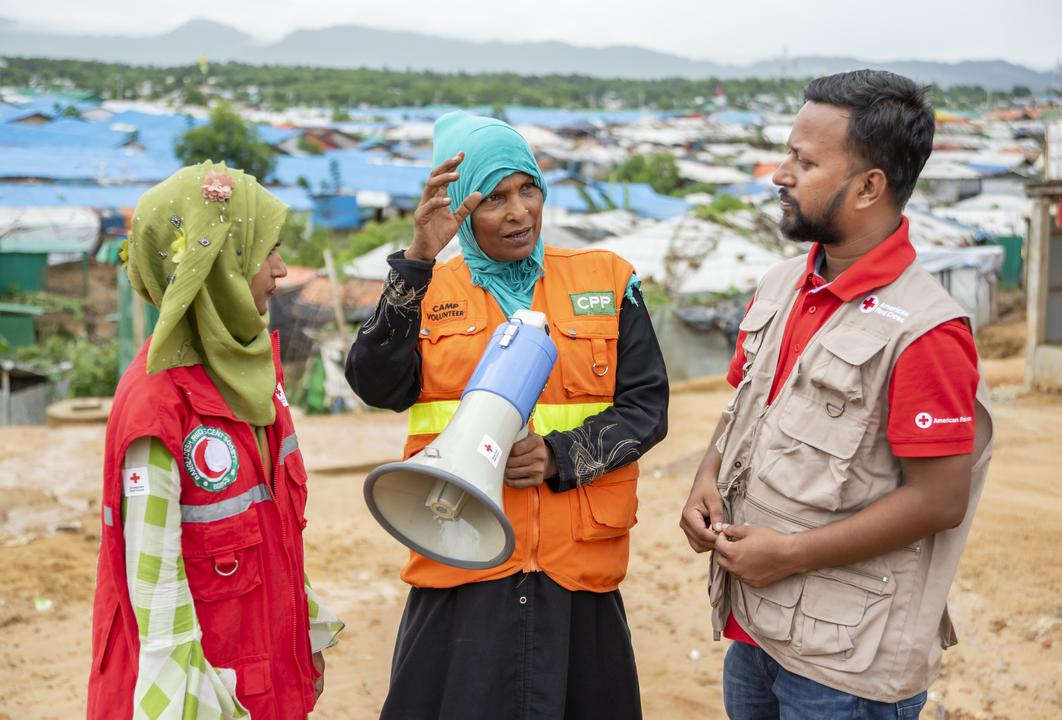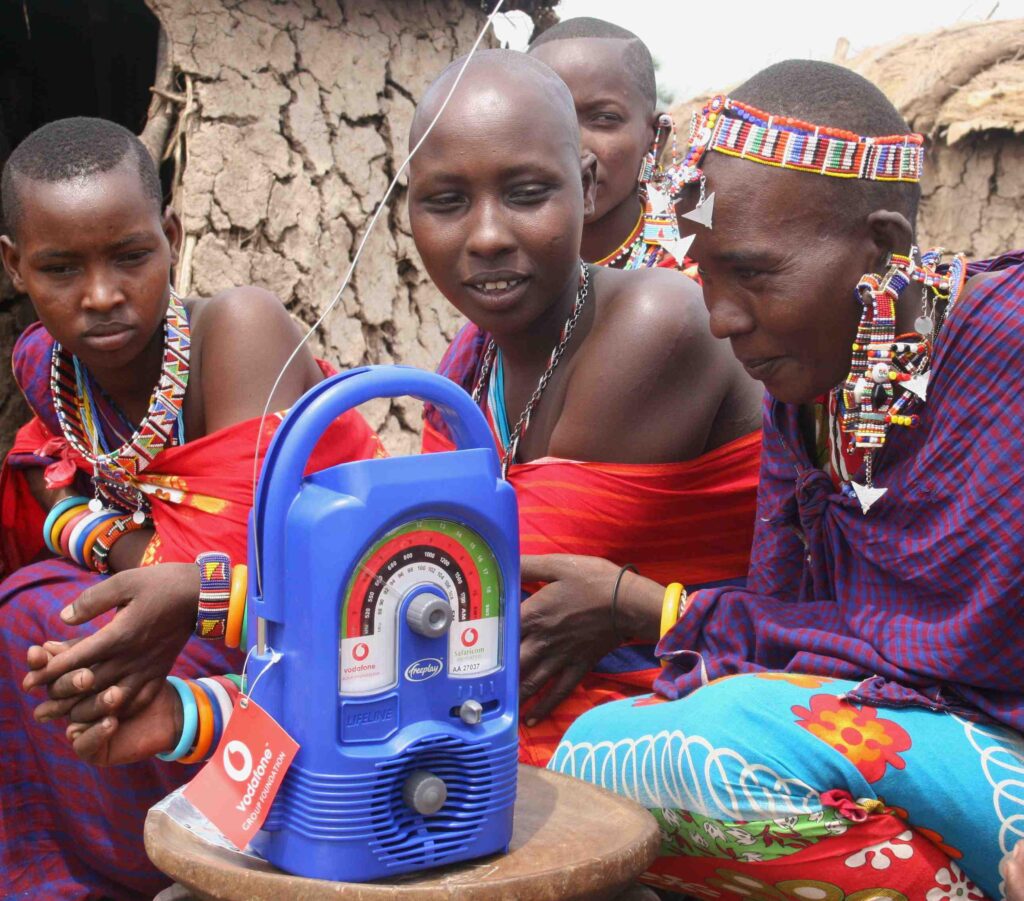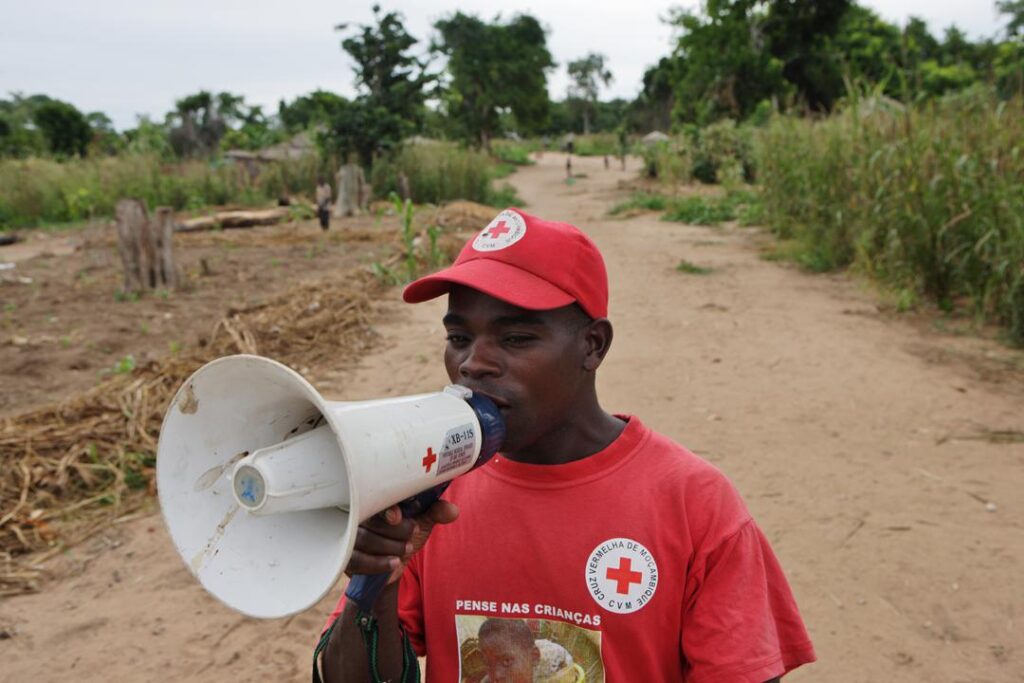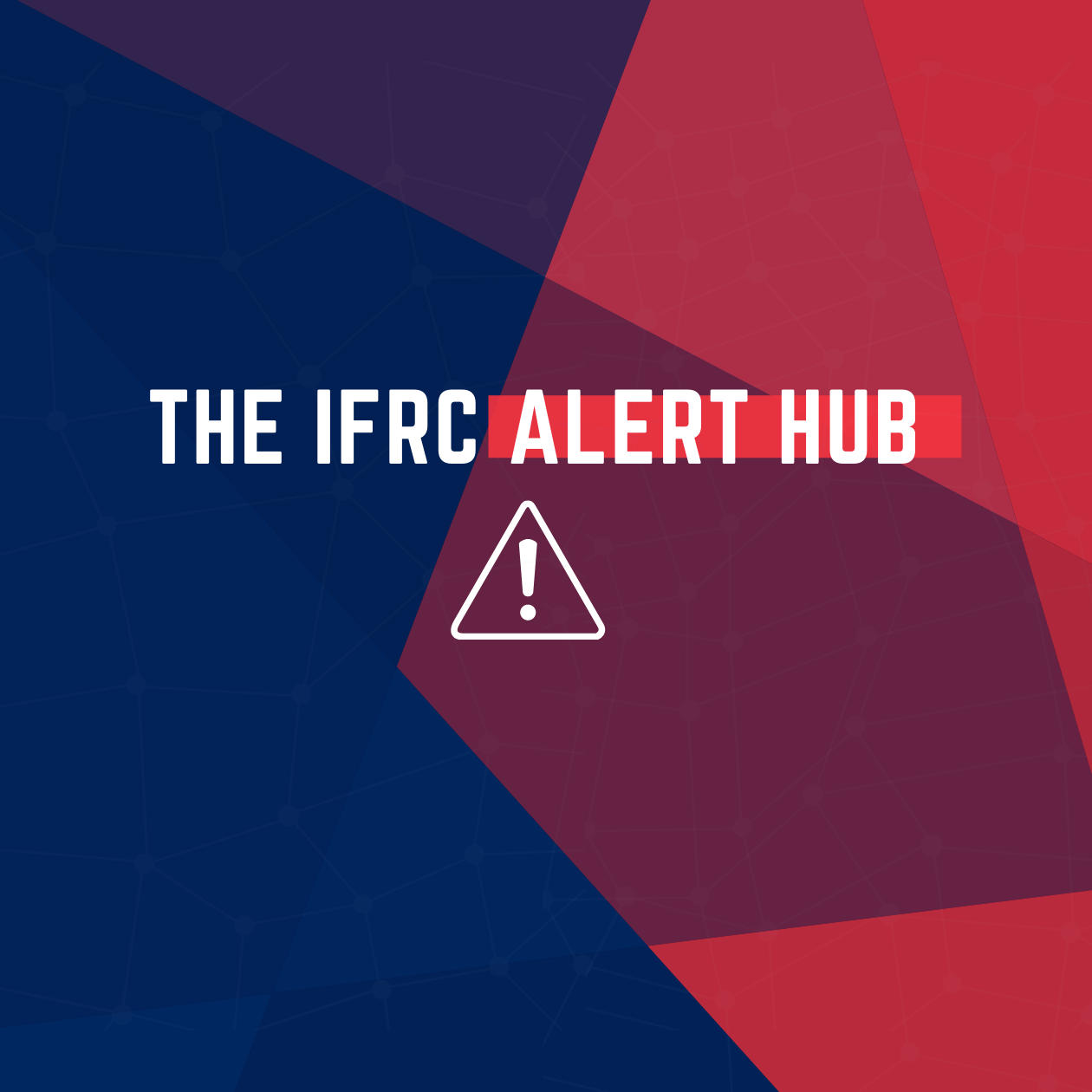Early Warning Systems
Early warning systems are an essential tool for risk management and disaster preparedness that help save lives and minimize the potential impact of disasters. To be effective, early warning systems need to rely on the direct participation of at-risk communities, facilitate public education and awareness of risks, disseminate messages and warnings efficiently, and help maintain a constant state of preparedness to enable early action.

Early warning system (EWS) represents the set of capacities needed to generate and disseminate timely and meaningful warning information to enable individuals, communities and organizations threatened by a hazard to prepare and to act appropriately and in sufficient time to reduce the possibility of harm or loss. An end-to-end warning system is a complete set of components that connects those who need to hear messages to others who compile and track the hazard information of which messages are composed.
An effective end-to-end early warning system includes four core elements, where each must function efficiently for the system to be successful:
- Risk knowledge to build the baseline understanding about risks (hazards and vulnerabilities) and priorities at a given level.
- Monitoring to keep up-to-date on how those risks and vulnerabilities change over time.
- Response capability to reduce risk once trends are spotted and announced — this may be through pre-season mitigation activities, evacuation or duck-and-cover reflexes, depending on the lead-time of a warning.
- Warning communication to package the monitoring information into actionable messages understood by those that need, and are prepared, to hear them.
On the one hand, an EWS includes the gathering, processing and presentation of information in a consistent and meaningful manner to allow the generation of alert messages and, on the other hand, the generation and transmission of alert messages to the citizens at risk by means of warning communication.
The IFRC Alert Hub
The IFRC Alert Hub Initiative aims to expand the reach of reliable, fast and actionable early warning messages to people at risk.
The importance of early warning systems in disaster preparedness
Early warning systems aim to mitigate the risk produced by disasters. By providing advanced notice of potential hazards, early warning systems enable individuals, communities, and organizations to take appropriate measures to minimize the potential impact of disasters.
Early warning systems are also useful for planning and preparedness activities. By providing information about potential hazards, decision-makers can develop response plans, allocate resources, and take appropriate measures to reduce the impact of a disaster.

Multi-hazard early warning systems
In recent years, the concept of multi-hazard early warning systems has been promoted at the international level. Multi-hazard early warning systems address several hazards and/or impacts of similar or different type in contexts where hazardous events may occur alone, simultaneously, cascadingly or cumulatively over time, and taking into account the potential interrelated effects.
A multi-hazard early warning system with the ability to warn of one or more hazards increases the efficiency and consistency of warnings through coordinated and compatible mechanisms and capacities, involving multiple disciplines for updated and accurate hazards identification and monitoring for multiple hazards.
WhatNow Service
A free online platform of localized messages on how to prepare for, respond to, and recover from disasters.
Community Early Warning Systems (CEWS)
Although often referred to as the “last mile” in an end-to-end EWS, the community is better imagined as the “first mile,” where warning information must at the very least reach and be acted upon. Well-informed communities are familiar with priority risks. Communities are the first responders in protecting their households and disadvantaged individuals.
Many communities are motivated and able independently to drive EWS from the local level without waiting for information or warning from the outside. Other communities are prepared to receive monitoring or warning information and subsequently organize and implement a set of appropriate responses. As seen in the Hyogo Framework for Action (HFA), ‘people centered’ approach goes beyond the concept of the community as a receiver to one where they can also be a producer and facilitator of early warning information.
A Community Early Warning System (CEWS) is understood to be an effort by or with, but not for, a community to systematically collect, compile and/or analyze information that enables the dissemination of warning messages that when actionable can help the community (or others 'downstream') reduce harm or loss from a hazard (or threat) event (or process).
More commonly known by the term community-based EWS, the generic adaptation ‘CEWS’ permits a useful distinction between community-based and community-driven systems. An EWS can be based in a community without being owned or driven by that community. The most lasting impact, however, occurs when a community has a strong understanding of the EWS.
CEWS emphasizes community empowerment and ownership of the system at every stage. This helps address a key gap between receiving a warning and acting on it. CEWS enables anticipatory action at the community level by bringing communities into the center of the system, emphasizing the development of warnings that are useful and accessible, and identifying ways for people to respond to warnings that are feasible and relevant.

Common Alerting Protocol (CAP)
The Common Alerting Protocol (CAP) is an international standard format for communicating emergency alerts and public warnings. It provides a standard for creating, transmitting, and receiving alerts across different warning systems and platforms. CAP provides key facts about an emergency, such as:
- What is it?
- Where is it?
- How soon is it?
- How bad is it?
- What should people do?
The standard is designed to enable the integration of various warning systems, such as emergency broadcast systems, sirens, and mobile phone alerts, so that a single alert can be disseminated across multiple channels simultaneously. A CAP message can activate multiple alerting systems with a single input, reducing the cost, complexity, and delays when sending out alerts. With CAP, a single, consistent message disseminates quickly over all kinds of networks and channels — be it sirens, SMS texts or TV broadcast.

Benefits of CAP:
- Interoperability: CAP works across many broadcasting and dissemination channels.
- Completeness: The standard format covers all key facts of an emergency.
- Simple implementation: CAP doesn’t require great investments in new infrastructure or technologies.
- Simple XML: CAP easily integrates into many systems by using an easy XML format.
- Multi-use format: CAP can be used for all types of hazards and emergencies.
- Targeted: CAP alerts can be targeted to specific geographic areas to ensure only those people potentially affected by an emergency receive alerts.
- Contextualized and actionable: CAP can be translated into different languages and easily integrates actionable messages.
- Consistent: Following the CAP standard format ensures that emergency alerts go out in a consistent manner across all kinds of different communication and broadcasting channels.


